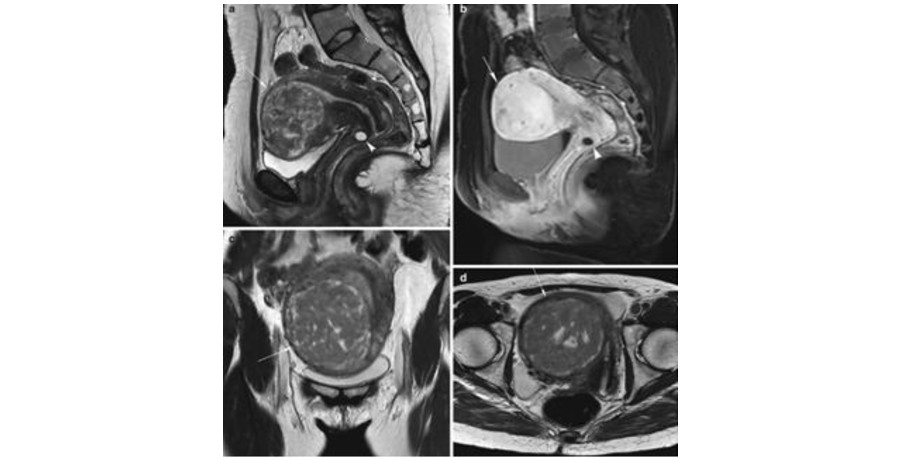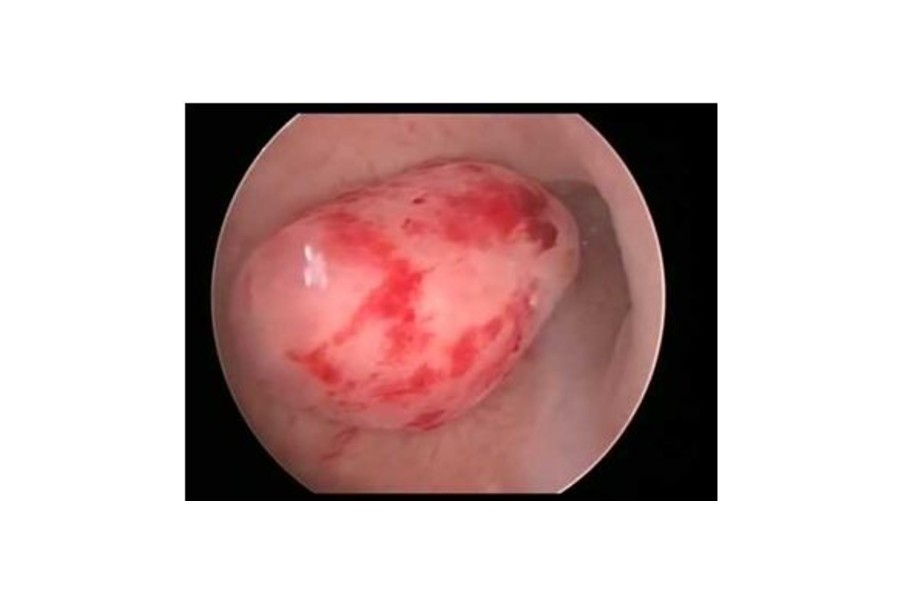What tests are required for fibroids?

Ultrasoundscan often is the best investigation. It can obviously make the diagnosis but can also tell us about numbers, size and location. It can also help with planning treatment. For small fibroids, a transvaginal scan is more useful. For large fibroids, a transabdominal scan may be needed in addition.
MRI scan can sometimes be needed for more accurate description of size and location and for planning of surgery. MRI can be useful if there is suspicion of malignant transformation (Leiomyosarcoma). A CT scan may be needed if there is pressure on the kidneys causing dilatation.


Hysteroscopy may be required if there are bleeding symptoms and presence of submucous fibroids. Hysteroscopy is camera inspection of the uterine cavity. This examination can be used not only for diagnosis of submucous fibroids, but they can also be treated through this approach.
What monitoring is required?
Fibroids would usually be monitored based on symptoms, as treatment is needed only if they become symptomatic. Annual ultrasound and consultation may be useful as it gives an opportunity to reassess the situation and appraise available options.
Unusual Situations
If there is concern that the uterus may be compromising the ureters, you can have a kidney ultrasound or x-ray (IVP) to make sure there is no damage to the kidneys. If there is very rapid growth of the uterus, you can have a special timed MRI with dye and a blood test for an enzyme called LDH.


